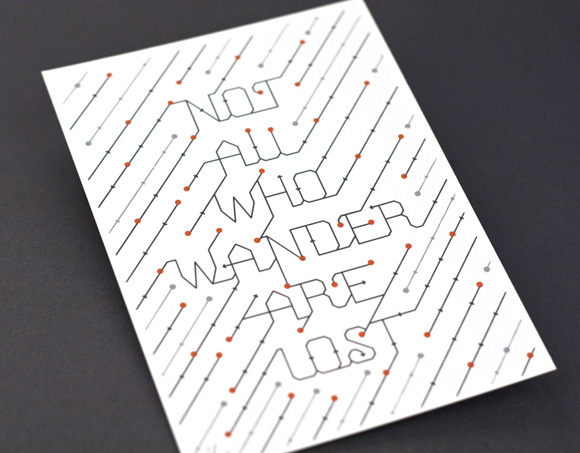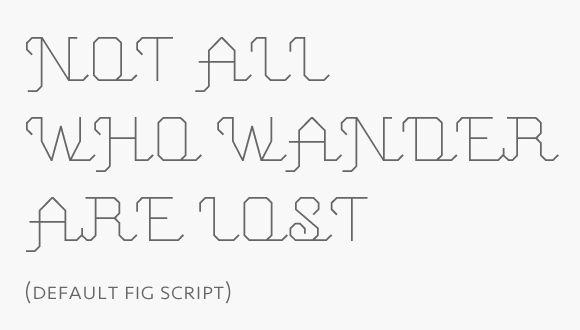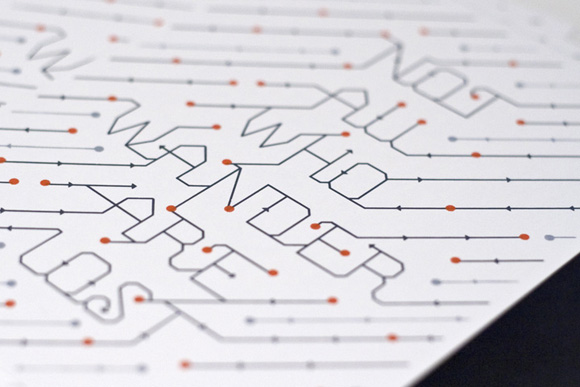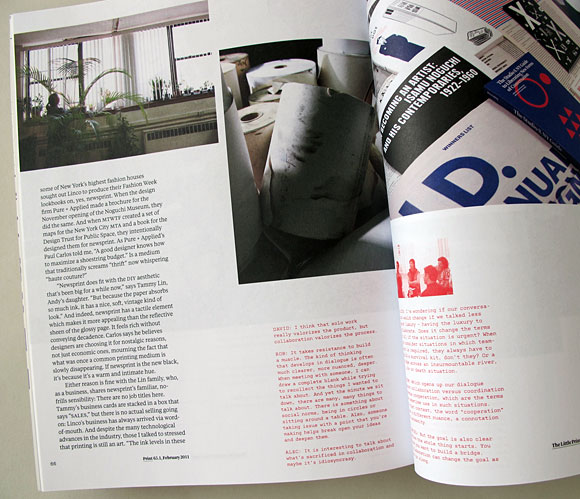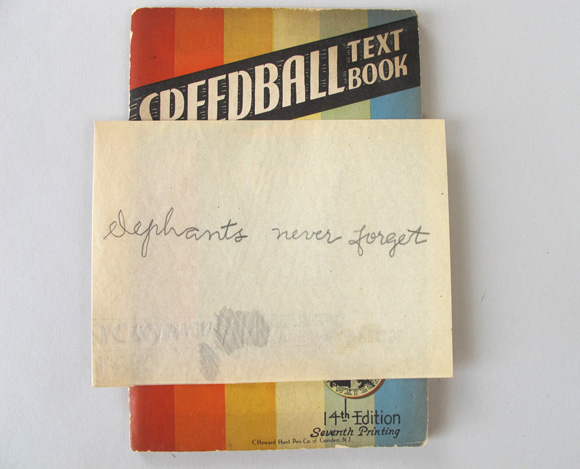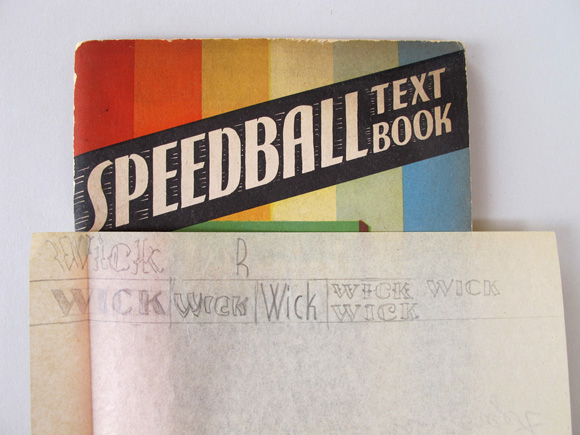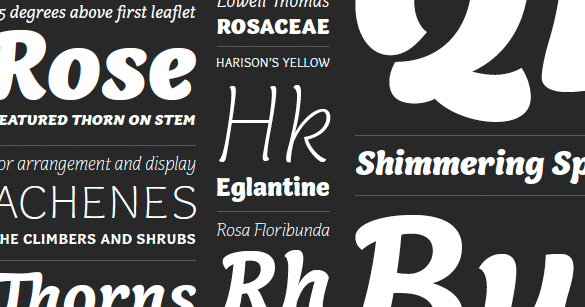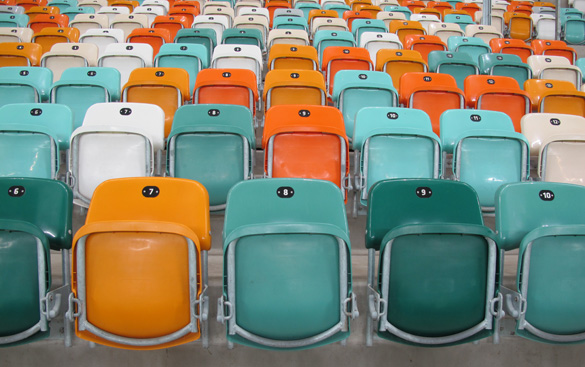Although Capucine defies traditional categorization, it sits in a genre we are drawn to as users of type: a face with distinct personality able to straddle the worlds of both text and display with ease. In this context it should come as no surprise that its designer was born and raised in France, a country whose type history is rich with successful instances of such attempts. From Auriol and Grasset – typefaces that became symbolic of the Art Nouveau style – to the iconic designs of Roger Excoffon in the 1950s and 60s, French type designers have often tried to fulfill the requirements of efficient text setting while retaining a gestural quality. Like many of its French predecessors, Capucine is driven by the eye rather than geometrical dogma, bringing a warmth and liveliness to the page.
When Alice Savoie began designing Capucine in 2006, she set out to create a typeface specifically for magazine and newspaper listings. Fortunately, the demands of that potentially stifling area didn’t get in the way of what would ultimately be an expression of joie de vivre. Capucine is a robust family of ten styles, ranging from Thin to Black, whose flavor mixes the fluidity of writing with the vivacity of a brush script to create this idiosyncratic sans serif.
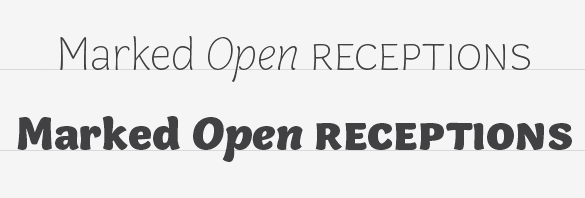
As a family, the weights and styles were designed to provide typographic contrast and variation. The two extremes – Thin and Black – were conceived as display variants while the mid-weights – Light, Regular and Bold – were designed for text sizes and to add hierarchical differentiation. When you first encounter Capucine, its use as a display face is evident. However, because it is slightly condensed, has a large x-height, small ascenders & descenders and wide counters, it is efficient for body text and remains legible even at small sizes. Additionally, the family features small caps, multiple numeral styles and case-sensitive punctuation for increased usefulness.
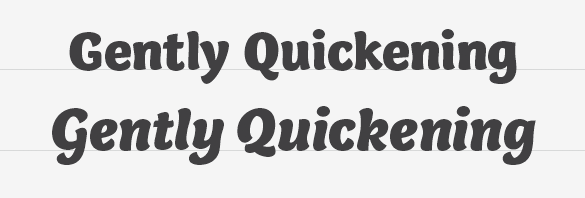
Adding to the typographic variation of Capucine is the italic. Despite its moderate angle, the pronounced contrast between thicks and thins, the exaggerated curves and a slight condensation of letter width provide the necessary contrast while remaining perfectly in sync with its roman counterpart. Set the italic at larger sizes, however, and it reveals itself as an independent design in its own right.
And for those who wonder, the name Capucine (pronounced KA-poo-seen) is not a reference to the delicious Italian mixture of coffee and foamed milk or even the French preference for strong coffees. Rather, the name is the French word for the nasturtium flower – deemed appropriate here because of the organic nature of the Capucine family.
